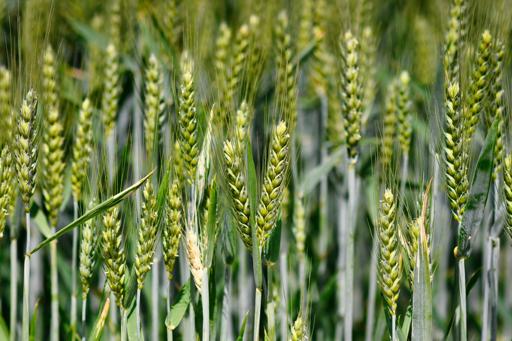Barley
Hordeum vulgare
Also known as: Hordeum sativum

Growing Information
Growth Habit: Annual
Climate Requirements: Prefers temperate climates but is drought-tolerant.
Soil Requirements: Well-drained loamy or sandy soil with pH 6.0–7.5.
Water Requirements: Requires moderate water; irrigation is needed in dry regions.
Planting Instructions: Sow seeds 3 cm deep in rows spaced 15–20 cm apart.
Harvesting Information: Harvested when grains are hard and dry, with a moisture content of 12–14%.
Characteristics & Benefits
Plant Characteristics: Barley is a cereal grain used in food, animal feed, and beer production. It has a grassy growth with long awns.
Nutrient Content: Rich in carbohydrates, fiber, and B vitamins.
Health Benefits: Supports heart health, improves digestion, and provides energy.
Yield Information: Average yield is around 2.5–3.5 tons per hectare.
Uses & Distribution
Culinary Uses: Used in soups, stews, bread, and malt production for brewing.
Industrial Uses: Used in brewing, distilling, and animal feed.
Native Range: Western Asia and Northeast Africa.
Current Distribution: Grown globally, with major production in Russia, Canada, and Australia.
Pest & Disease Management
Common Pests: Aphids, armyworms, and wireworms.
Diseases: Barley yellow dwarf virus, leaf rust, and powdery mildew.
IPM Practices: Use resistant varieties, crop rotation, and biological pest control.
Market Value: $220.50
Research & References
Studies and Articles: Studies on barley breeding and disease resistance.
Bibliography: International Barley Research Institute, 2022.
Comments
Add CommentNo comments yet. Be the first to comment!